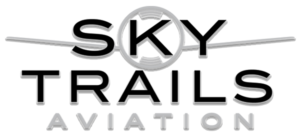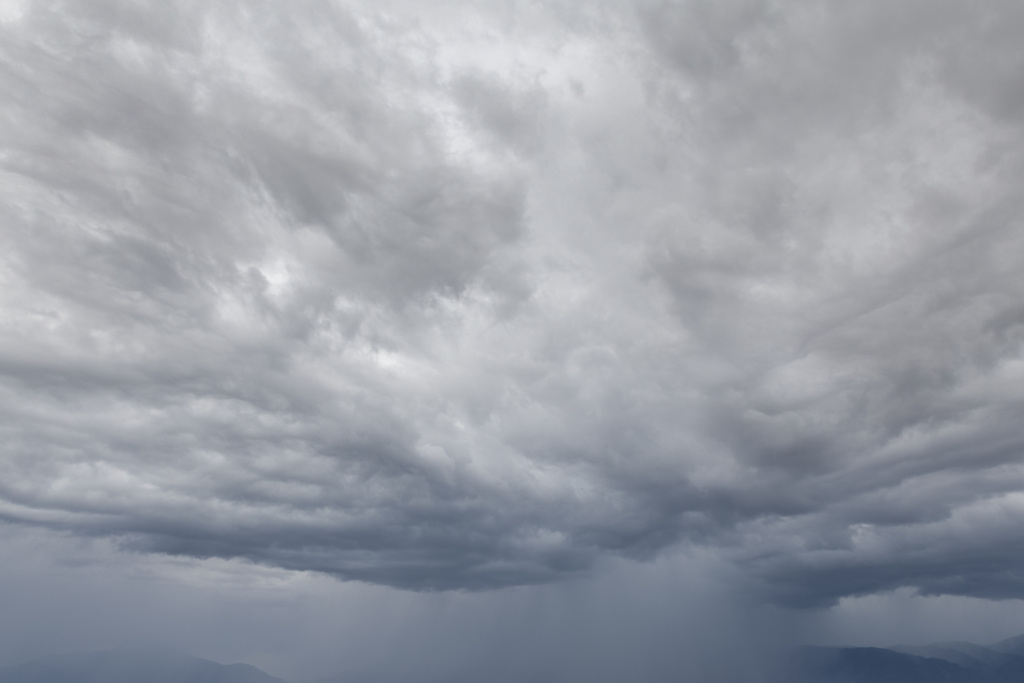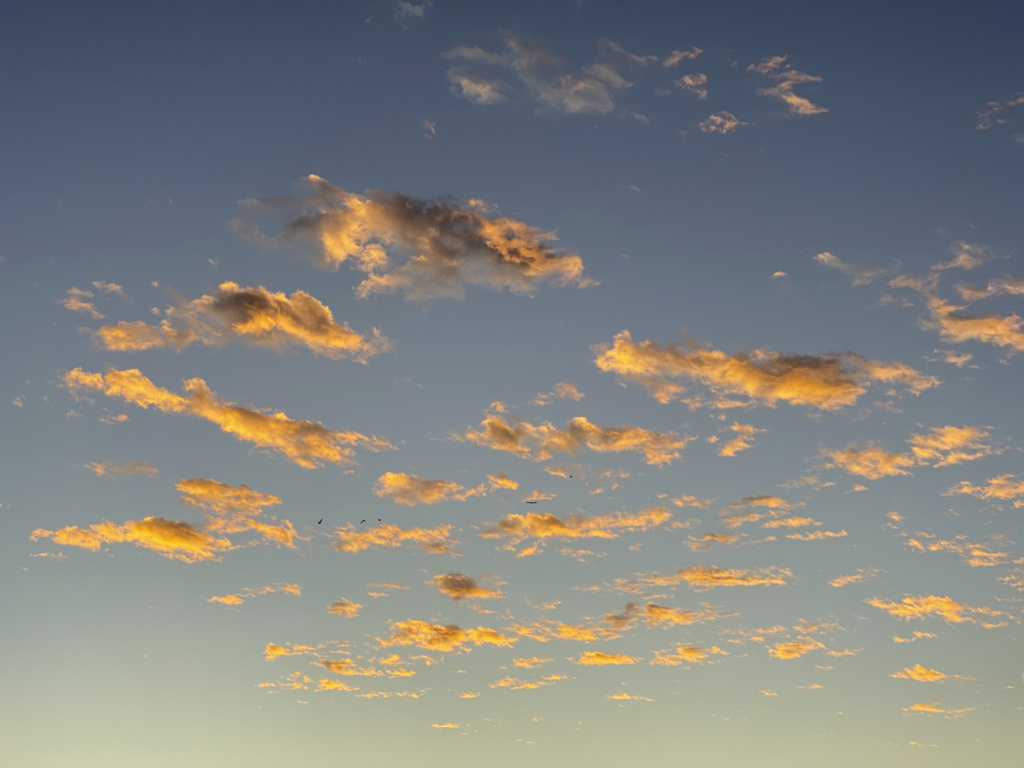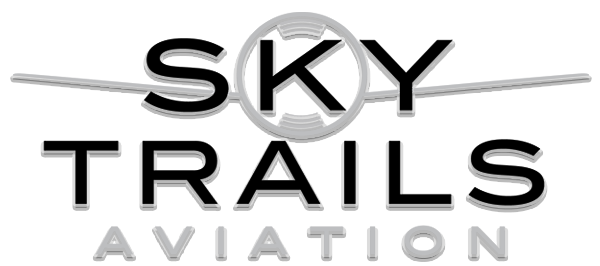
How To Become A Pilot
Obtaining a Federal Aviation Administration (FAA) pilot’s license involves several steps and requirements. Here’s a general overview of the process:
Meet Basic Requirements:
- Be at least 17 years old to obtain a private pilot license (PPL) for airplanes.
- Be able to read, write, speak, and understand English.
Get a Student Pilot Certificate:
- Apply for a student pilot certificate through the FAA’s Integrated Airman Certification and Rating Application (IACRA) website.
- You can obtain a student pilot certificate at any age, but you must be at least 16 years old to solo.
Undergo Flight Training:
- Receive flight instruction from a certified flight instructor.
- Complete a minimum number of flight hours required by the FAA for the specific pilot license you are pursuing.
- Participate in ground instruction covering aviation theory, regulations, weather, navigation, and other relevant topics.
Pass Knowledge Tests:
- Study and prepare for FAA knowledge tests related to the specific pilot license you are pursuing.
- Take and pass written knowledge tests at an FAA-approved testing center.
Complete Solo Flights and Cross-Country Flights:
- Complete supervised solo flights as required by your flight instructor.
- Conduct cross-country flights to gain experience in navigation and flight planning.
Prepare for the Practical Test:
- Demonstrate proficiency in flight maneuvers and aeronautical decision-making during flight training.
- Prepare for the practical test (checkride) with an FAA-designated pilot examiner.
Take the Practical Test:
- Schedule and take the practical test with an FAA-designated pilot examiner.
- Demonstrate your flying skills, knowledge, and ability to apply aviation regulations and procedures.
Receive Your Pilot License:
- Upon successful completion of the practical test, you will receive your FAA pilot license or certificate.
Maintain Currency and Proficiency:
- Stay current and proficient by regularly flying and participating in additional training and education opportunities.
The specific requirements and process for obtaining an FAA pilot license may vary depending on the type of license (private pilot, commercial pilot, etc.) and the category and class of aircraft you intend to fly. It’s essential to consult the FAA regulations and work closely with a certified flight instructor throughout your training journey.
To Get Started
Obtain a Medical Certificate
This should be done as early as possible by applying at FAA MedXPress. Then contacting a local AME to schedule a Class 1, 2, or 3 Medical exam. Link: https://medxpress.faa.gov/MedXpress/Disclaimer.aspx (or Click Above)
"License to Learn"

Private Pilot Certificate
A private pilot certificate allows individuals to fly for personal and recreational purposes. Private pilots cannot be compensated for their flying services but can carry passengers and share the expenses of the flight. The requirements for obtaining a private pilot certificate include a minimum number of flight hours, passing written and practical exams, and meeting medical standards.
- 40 Hours
- 10 hours solo (5 Solo Cross Country)
- 20 hours of training
- 3 Hours of Cross Country Training
- 3 Hours of Night
- See FAR Part 61.109(a) for further details
"Fly In The Clouds"

Instrument Rating
A pilot's instrument rating is an certification that allows pilots to fly under instrument flight rules (IFR) and in conditions of reduced visibility, relying primarily on cockpit instruments for navigation and aircraft control. Here's an overview of what the instrument rating entails
- 50 Hours PIC Cross Country
- 40 Hours Actual or Simulated
- One 250nm Flight under IFR (3 Stops, 3 Different Approaches)
- See FAR Part 61.65(d) for further details
"Get Paid To Fly"

Commercial Rating
A commercial pilot certificate authorizes individuals to fly aircraft for compensation or hire. Commercial pilots can work as flight instructors, charter pilots, aerial photographers, and other aviation-related professions. To obtain a commercial pilot certificate, candidates must meet specific flight experience requirements, pass written and practical exams, and hold a valid medical certificate.
- 250 hours of total flight time
- 100 hours in a powered aircraft
- 100 hours of PIC
- 50 hours PIC Cross Country
- 10 hours of TAA or Complex
- 5 hours of simulated Instrument time
- See FAR Part 61.129(a) for further details
Frequently Asked Questions
The first certificate is Private Pilot Certificate, this is your “license to learn”. The second rating is Instrument Rating, this allows you to fly in the clouds and be a more precise pilot.
The third is your Commercial Certificate, this allows you to get paid to fly. You can then get your Multi-Engine Rating to fly twins, and/or your Flight Instructor Certificate so you can teach people how to fly.
We offer training for Private Pilot Certificate, Instrument Rating, Commercial
Certificate, Multi-Engine & Flight Instructor. We also offer Flight Reviews (BFR), Instrument Proficiency Checks (IPC) and aircraft checkouts for renters.
Our primary trainers for Private Pilot are a 2001 Cessna 172 Skyhawk and a recently restored 1966 Cessna 150. For Instrument ratings, we have a 2007 Cessna 172 Skyhawk with Garmin G-1000s, which is also considered Technically Advanced if you need Technically Advanced Aircraft time.
If you need a complex or a high performance endorsement, we have a
Socata Trinidad TB-20. It is a 250 HP, glass panel, retractable landing gear aircraft.
We also have a Cessna 310 for multi-engine training.
For your Private Pilot Certificate, we estimate about $15,000-$20,000 realistically.
This includes plane rental, instructor rate, study materials and exam fees. The more you fly, the less you will spend in the long run. If you only fly once or twice a week, it’ll require more lessons over time which ends up costing more money.
Instrument Rating: Around $10,000-$15,000.
Commercial Certificate: If you already have the required 250 hours or are within 20 hours of it, the training will cost about $7,000.
We recommend flying at least twice a week, 3-4 times is ideal.
The legal requirement is 40 flight hours, but the average person needs around 70 hours realistically. If you fly 3-4 times a week, it could take anywhere between 6-10 months. We had a student flying every day, twice a day, and she was able to get her Private Pilot Certificate in 6 weeks. She accrued about 80 hours in that time.
For an Instrument Rating, about 4-6 months if you fly 3-4 times a week. For your Commercial Certificate, about 2-3 months!
Everything is variable and depends on how much time you dedicate to flying and studying.
Each aircraft has an hourly rate, which varies by plane. The hourly rate is wet (it includes fuel).
Our instructors also have an hourly rate of $80. On average, students fly about 1.5 hours each lesson. The students pay for the flight time, and the instructor for any ground and/or flight instruction. The average cost ranges between $300-$400 each lesson with a CFI.
For example, you may fly 1.5 hours, but you also spend about 30 minutes on the ground before and after the flight, for a total of 1 hour on the ground. You’d be paying for 1.5 hours of flight time, and 2.5 hours of instructor time (1.5 flight + 1.0 ground)
In the Cessna 150, it’d cost $187.50 for 1.5 hours of flight. For the CFI, it’d be $200. The total cost of this lesson would be $387.50. The price will vary based on time and the aircraft used.
For most certificates and ratings, there is a written test and a practical exam. The written test is multiple choice on a computer, and the practical exam consists of an oral test portion and a flight portion.
The written test takes about 1.5 hours. For a Private Pilot it is 65 questions. The practical exam takes about 4-6 hours.
It’s up to the flight instructor. Our CFIs typically follow the guidelines provided by the FAA in Advisory Circular 61-98B.
For a BFR, you can expect to review stall recoveries, spin awareness, and the different types of landings and takeoffs.
For an IPC, you can expect to review all types of approaches, ATC clearances, and basic instrument flight maneuvers.
Our flight school is extremely lucky to have its own maintenance shop.
We perform our own maintenance on the fleet under the authority of our A&P. The aircraft undergo maintenance every 25 hours for oil changes, 100 hours for other required inspections, and every year for their Annual inspection. Additionally, any smaller items that need to be repaired are typically done within one day, depending on the issue.
Right now our instruction rate is $80 an hour.
Looking For More Information?
Please get in contact using the form below...
"*" indicates required fields
